
Manage an image perception at process of conversion to black-and-white.
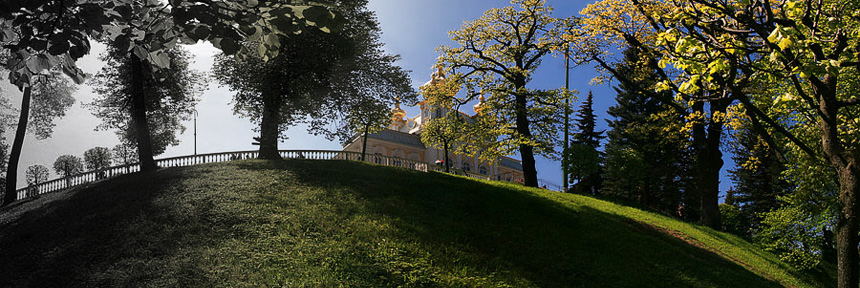
|
Impact of changing in conversion to b/w on the picture composition and perception. The second part. I want to start the article from the analysis of our space perceptive. Further I will treat perceptive as a process of our comprehension of the picture since the first look at the picture up to shaped perception of the picture when we are ready to express it verbally or kinetically. Let us analyze the way our conscious or subconscious (illogical) perception is forming. Tor our tests we have chosen this picture: - order to watching and its directions - subconsciously origins of reactions on bright sectors of the picture - reactions sequence on contrast (colour and bright) sectors of the picture - conscious re-viewing of the picture - guide lines of viewing - order to the view objects - conscious analysis of details at the final stage of perception - conscious analysis of the picture content at the final stage of perception Now we will resume test results and determine common tendencies. Obviously the first detail we sense subconsciously is a composition. At this stage it is important to understand and differentiate following meanings: compositional centers centers – these are picture sectors different from the whole picture by colour or brightness. At the first stage we subconsciously select such contrast sectors then apply to our logic perception, analyze the picture, combine sectors to the nets and create so called compositional crosses, in other words – composition lines crosses. This process is associated with spider’s web at dawn with early dew concentrated on it. Dew drops are compositional centers and web lines tie them into knots. Then the process turns too consciously and we logically analyze picture content and add to the web meaning centers (associatively it is a spider). To easier comprehension of the process we will reduce visual detailing of the picture to the minimum and left at the picture only colour and light spots. This case we zoomed in colour saturation and then used Gaussian Blur with high settings figures. What we have got at the result? We demonstrate the first stage of our perception – unconscious. This case we perceive the image focusing on colour spots and guide lines which create track and direction of our perception, stop our glance and create initial cause-and –effect relations. There are 2 variants of eyes direction through the composition centers, crosses and composition lines. Let us stop for a while and imagine our perception at the same stage but in b/w picture. It would not be surprise that composition centers and crosses formed by colours in black-and white variant will concede to another spots and lines created by light and dark. What does it mean? To understand this we will use familiar picture and methods of conversion from colour to black-and white which were used before. Add contrast to the picture and turn it to b/w, for example by using Method ¹2 (Method ¹2 - Channel Mixer). Now we have got such result: |
Placing b/w picture near the colour original we have a question: what is changed in unconscious perception of the picture? Below is the difference between colour and b/w images: composition centre of coulour picture is a guy in orange T-shirt, but composition centre of b/w picture is a girl on his left. Such a cardinal difference! Now I give you some examples of changing locations and composition centers and crosses depends on conversion method. Method ¹1- Desaturate Method ¹3- Showit effects Method ¹4- theimagingfactory Convert to B/W Pro Method ¹5- Grayscale What does it mean? That means that turning colour picture to b/w we do not notice what we also change picture composition pattern and change common subconscious perceptive of original colour picture. Remember that this stage we are talking about subject-less part of perception or subconscious picture pattern. To be continued Dmitry Zhamkov 2008 |
Copyright © 2008-2025 www.zhamkov.com
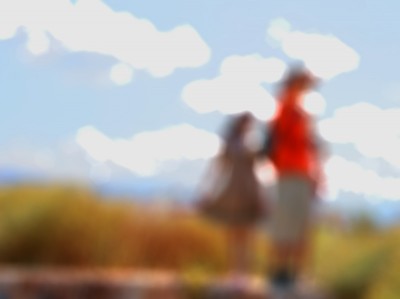
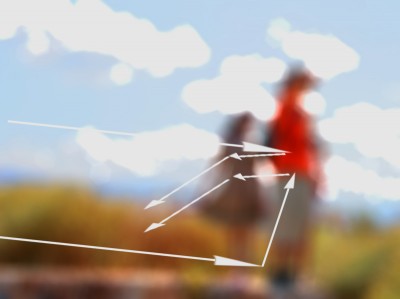
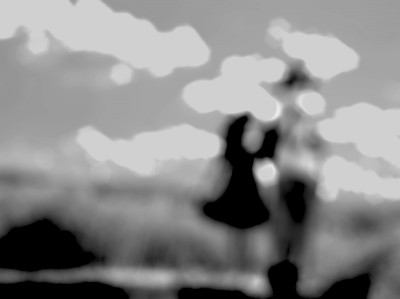
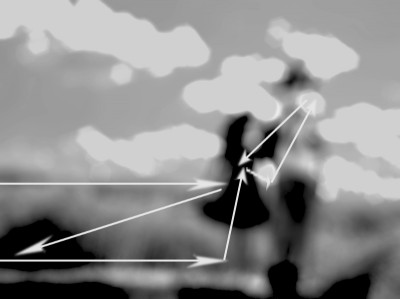
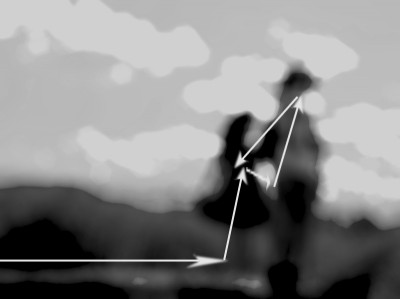
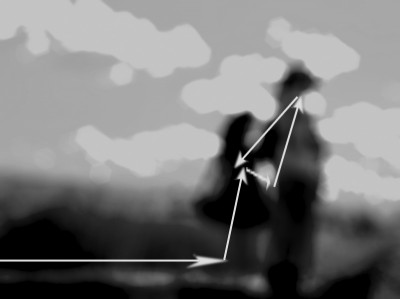
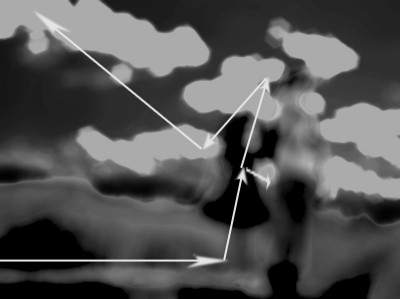
Click on image to view full size